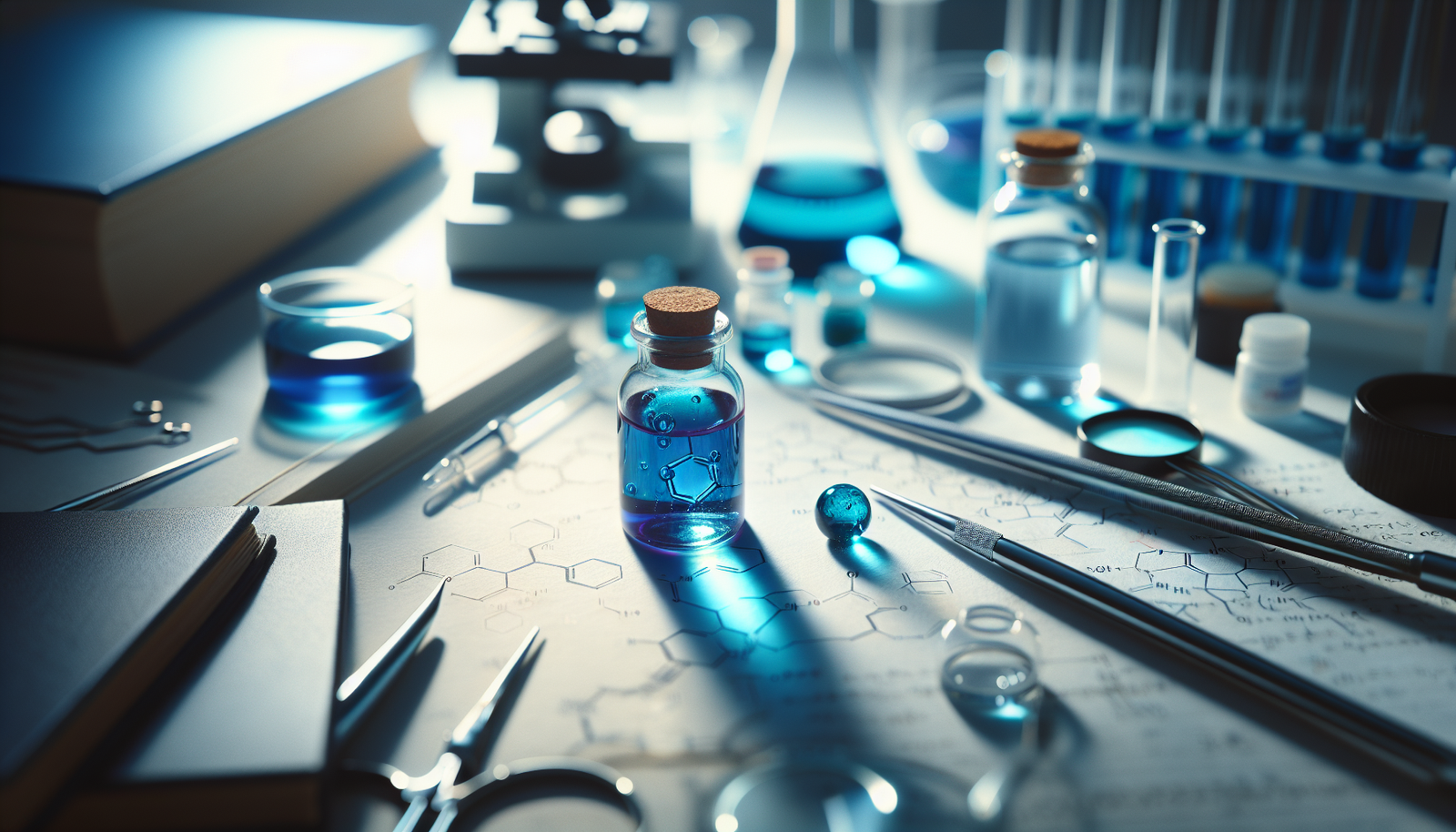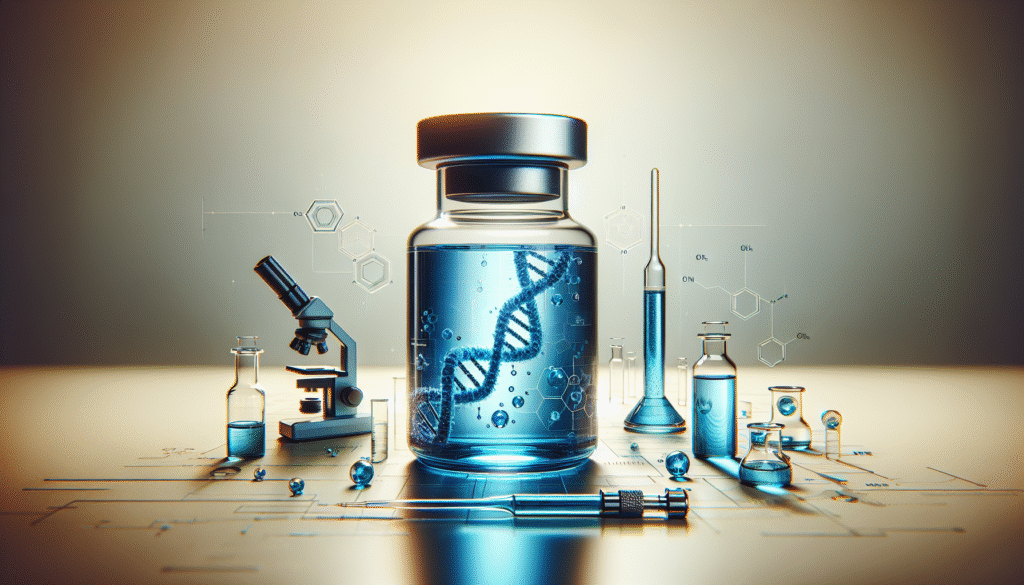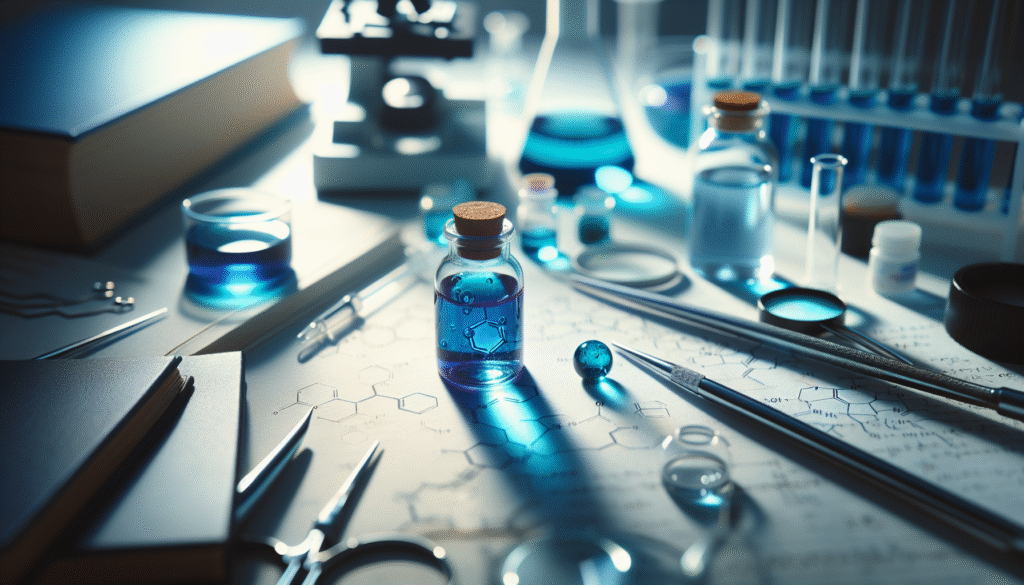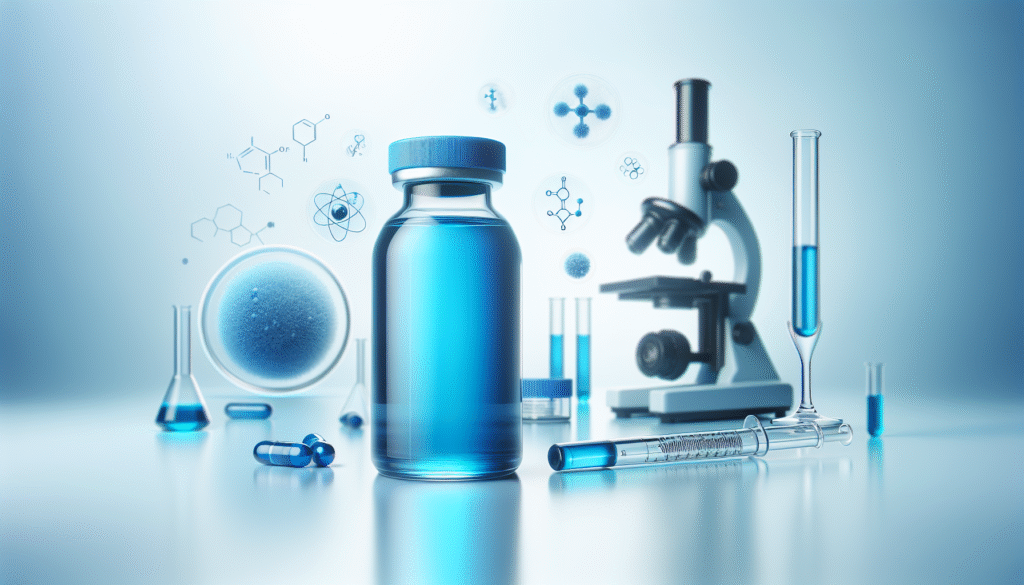
What if you could delve into the myriad applications of a single compound that has significantly impacted various scientific fields? Methylene blue, a synthetic dye with a rich history, serves as a powerful tool in both research and clinical practices. Its versatility can often be underestimated. This article presents the top ten applications of methylene blue in science, shedding light on its significance and multifaceted roles.

1. Diagnostic Tool in Medicine
Methylene blue has long been recognized for its utility as a diagnostic agent in the medical field. It functions particularly well in the identification of pathological conditions. The dye’s affinity for certain tissues makes it an excellent choice for highlighting specific features during imaging studies.
1.1 Staining Biological Tissues
One of the primary uses of methylene blue is its effectiveness in staining biological tissues. It is particularly valuable in histopathology to differentiate between living and dead cells, as well as various cellular components. The dye binds selectively, enabling a clearer visualization of microscopic structures.
1.2 Role in Surgical Procedures
In surgical settings, methylene blue is often employed as an intraoperative marker. Surgeons utilize it to identify sentinel lymph nodes during cancer surgeries. By injecting the dye, the lymphatic pathways can be traced, enhancing the surgeon’s ability to locate lymph nodes that may harbor cancerous cells.
2. Antimicrobial Properties
The antimicrobial capabilities of methylene blue are well-documented. This property makes the compound a formidable opponent against a range of microbial infections.
2.1 Treatment of Infections
In specific clinical scenarios, methylene blue is used to treat infections, particularly those caused by resistant strains of bacteria. Its application can reduce the prevalence of certain infections, especially in wound care.
2.2 Antifungal Activity
Methylene blue also demonstrates antifungal activity. Studies indicate that the dye can inhibit the growth of various fungi, making it a potential treatment for fungal infections. This is particularly relevant in patients with compromised immune systems.
3. Photodynamic Therapy
Photodynamic therapy (PDT) leverages the properties of methylene blue, particularly in the field of oncology. This innovative treatment harnesses light-sensitive agents to target cancerous cells.
3.1 Mechanism of Action
In this therapy, methylene blue accumulates in cancer cells, subsequently exposed to light. The light activation triggers a chemical reaction, generating reactive oxygen species that lead to cell death. This targeted approach minimizes harm to surrounding healthy tissues.
3.2 Applications in Cancer Treatment
The use of methylene blue in PDT has shown promise in treating various types of cancers, particularly skin cancers and oral squamous cell carcinoma. Research supports its effectiveness in enhancing tumor control while reducing systemic side effects.
4. Neuroprotective Effects
Recent studies have unearthed methylene blue’s potential neuroprotective effects. This application is particularly significant in the context of neurodegenerative diseases.
4.1 Mechanisms Behind Neuroprotection
Methylene blue has been shown to improve mitochondrial function, enhancing energy metabolism in neuronal cells. This effect is crucial in conditions like Alzheimer’s disease and Parkinson’s disease, where mitochondrial dysfunction plays a key role.
4.2 Implications for Treatment
Research indicates that methylene blue may slow cognitive decline when administered as a therapeutic agent in patients with neurodegenerative diseases. These findings open avenues for its incorporation into treatment regimens.

5. Biological Staining
In biological research, staining is an essential procedure, and methylene blue plays a prominent role. Its unique properties allow scientists to visualize cells and cellular components effectively.
5.1 Vital Staining
Methylene blue can be used as a vital stain, which selectively colors live cells without harming them. This characteristic is invaluable for studying cellular dynamics and physiological processes in live systems.
5.2 Fixation Techniques
When combined with fixation protocols, methylene blue enhances the visibility of cellular structures. This application is particularly beneficial in microbiology for the identification of microbes in complex samples.
6. Antioxidant Properties
Methylene blue also exhibits antioxidant properties, contributing to its therapeutic potential. Understanding these mechanisms may lead to novel applications in treating various health conditions.
6.1 Free Radical Scavenging
The compound acts as a free radical scavenger, neutralizing harmful oxidative species. This action can mitigate cellular damage, providing a protective effect against various diseases linked to oxidative stress.
6.2 Potential in Aging Research
Given its antioxidant properties, methylene blue holds promise in aging research. Investigating its impact on age-related decline could yield insights into enhancing longevity and quality of life.

7. Role in Microbial Ecology
In the realm of microbial ecology, methylene blue can aid in understanding the dynamics of microbial communities. By staining specific microbes, researchers can assess population diversity and health in various environments.
7.1 Analysis of Biofilms
Methylene blue is particularly effective in studying biofilms, which are complex communities of microbes that adhere to surfaces. By staining biofilms, researchers can evaluate their structure and resilience, leading to insights into biofilm-related issues in medical and industrial contexts.
7.2 Environmental Monitoring
In environmental science, methylene blue is employed to monitor microbial populations in water sources. The dye facilitates the identification of potential contaminants and overall water quality, contributing to public health efforts.
8. Role in Biotechnology
The biotechnology field has witnessed the application of methylene blue in various innovative methods. Its unique properties lend themselves well to specific biotechnological advancements.
8.1 Biosensor Development
Methylene blue is utilized in the development of biosensors, which are devices that detect biological substances. Its ability to undergo redox reactions makes it an ideal candidate for sensing applications, particularly in medical diagnostics and environmental monitoring.
8.2 Genetic Engineering
In genetic engineering, methylene blue can serve as a selective marker in cloning procedures. Its incorporation expedites the identification of successfully modified organisms, enhancing the efficiency of gene manipulation techniques.

9. Role in Histochemistry
Histochemistry, the study of the chemical constituents of cells and tissues, benefits from the use of methylene blue. The dye is employed in various staining procedures that reveal specific cellular components.
9.1 Identifying Nucleic Acids
Methylene blue has an affinity for nucleic acids, making it useful for staining DNA and RNA. This characteristic is paramount in research settings, where elucidating the structure and function of genetic material is crucial.
9.2 Cytoplasmic Staining
In addition to nucleic acids, methylene blue can stain cytoplasmic components effectively. Researchers utilize this feature to better understand cellular organization and the intricate processes occurring within cells.
10. Research in Inhibition of Enzyme Activity
Another compelling application of methylene blue is its role in inhibiting specific enzyme activities. This property has implications across various scientific fields.
10.1 Enzyme Inhibition Studies
Methylene blue is frequently employed in enzyme inhibition studies, particularly in research investigating metabolic pathways. Understanding how methylene blue interacts with enzymes can provide insights into disease mechanisms and potential therapeutic strategies.
10.2 Drug Development
The findings from enzyme inhibition studies using methylene blue can aid in the development of new therapeutic agents. By understanding its mechanisms of action, researchers can optimize drug candidates for improved efficacy.

Conclusion
The applications of methylene blue in science are vast and varied, spanning across medical, environmental, and biotechnological disciplines. From its role as a diagnostic tool to its neuroprotective effects, methylene blue continues to pave the way for advancements in research and clinical practice.
In reflecting on these ten applications, you may appreciate how this simple dye has established itself as an indispensable ally in scientific exploration. As ongoing research further uncovers the potential of methylene blue, its influence on future scientific endeavors is likely to expand even more. Understanding these applications not only enhances your knowledge but also illustrates the profound impact of methylene blue on various fields of study, reminding you of the interconnectedness of scientific exploration and innovation.